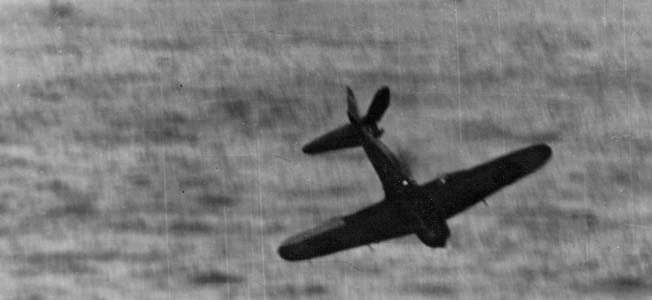
Pearl Harbor
Japanese Suicide Attacks at Pearl Harbor and Beyond
by David Alan JohnsonThe deliberate crashing into enemy targets by Japanese aviators did not begin at the Battle of Santa Cruz Islands. Read more
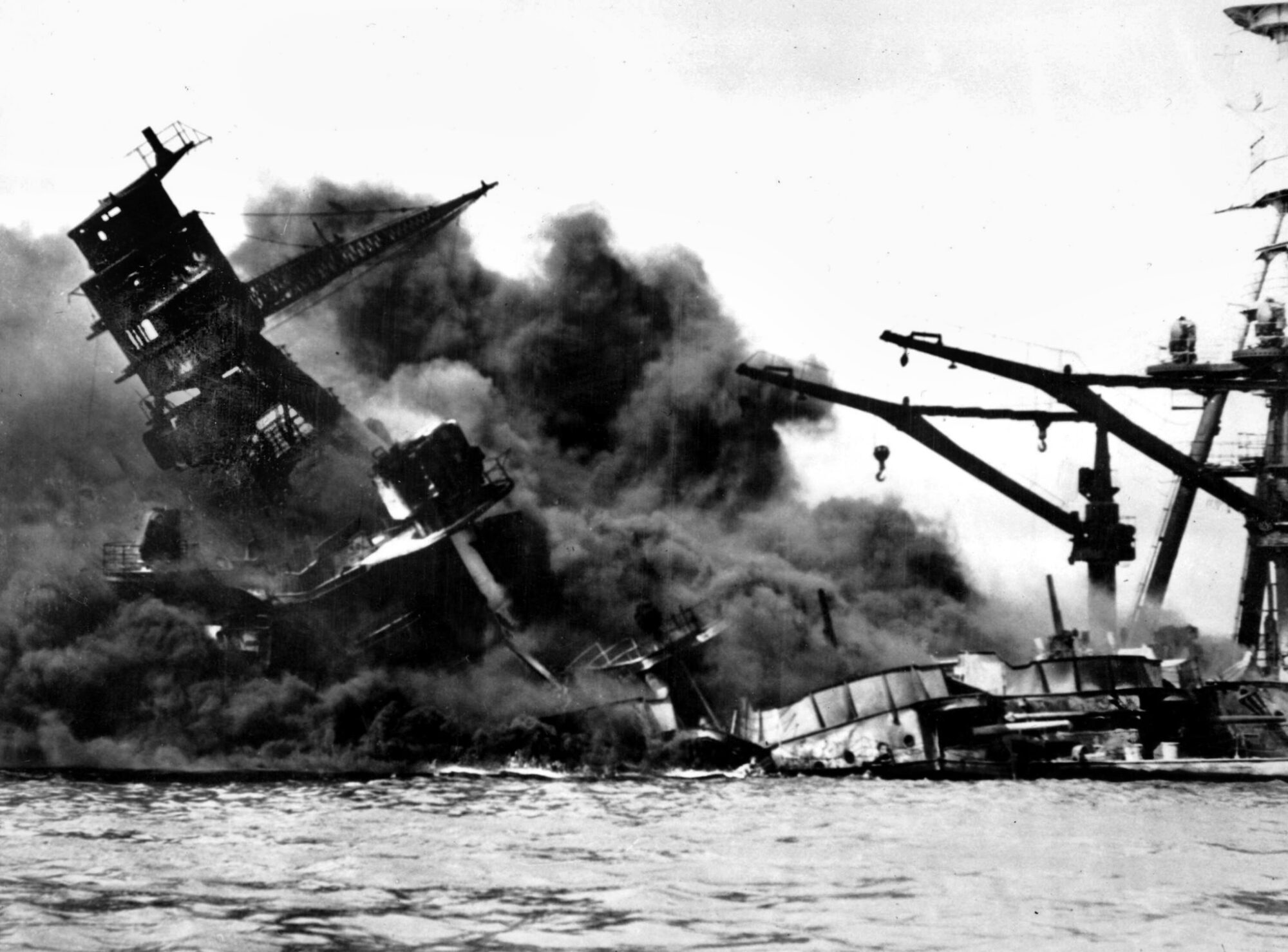
The attack on Pearl Harbor and other U.S. military installations on the island of Oahu, territory of Hawaii, Sunday, December 7, 1941, plunged the United States into World War II. The Pearl Harbor anchorage of the U.S. Navy’s Pacific Fleet was attacked by two waves of Japanese planes flying from aircraft carriers more than 200 miles north of Hawaii. Eight battleships of the Pacific Fleet, as well as numerous other ships, were sunk or damaged, and 2,403 American lives were lost. Pearl Harbor has become an enduring symbol of American resolve in the wake of the surprise air raid. President Franklin Roosevelt called the date of the Pearl Harbor attack one that would “live in infamy.”

Pearl Harbor
The deliberate crashing into enemy targets by Japanese aviators did not begin at the Battle of Santa Cruz Islands. Read more
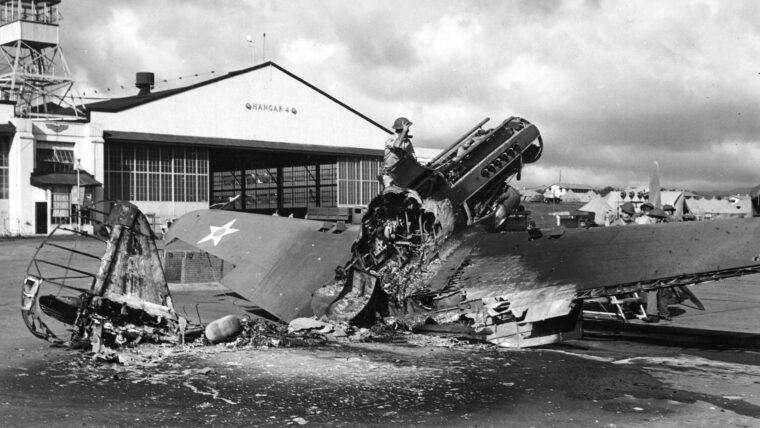
Pearl Harbor
At about 8 am on the morning of December 7, 1941, I stood on the third-floor deck of a red brick barracks that looked across the Schofield Barracks golf course toward the infantry barracks that housed much of the U.S. Read more
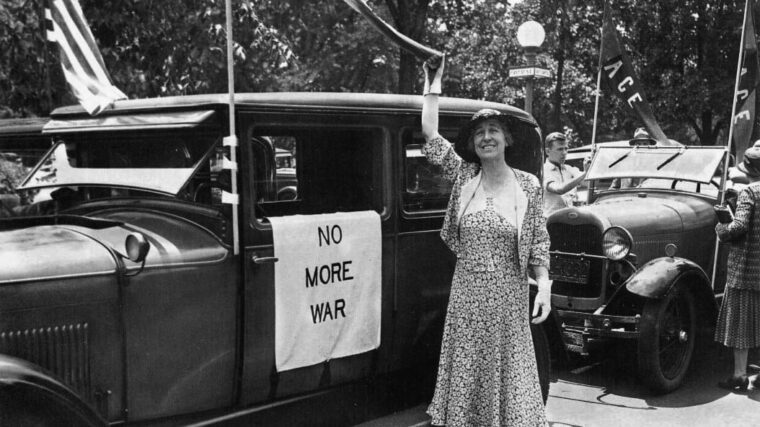
Pearl Harbor
An Associated Press report described “a chorus of hisses and boos” that echoed through the chamber when the Congresswoman from Montana cast her vote. Read more
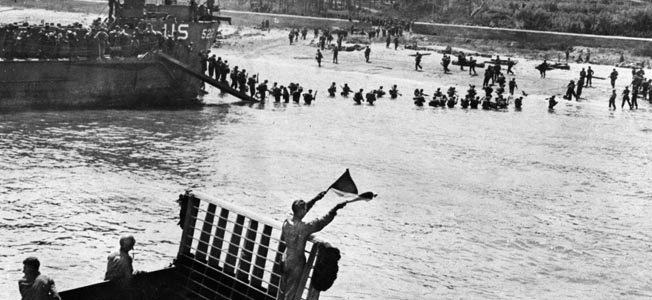
Pearl Harbor
Early in 1944, German Field Marshal Erwin Rommel, the defeated hero of North Africa and now head of Army Group B in France, was tasked with strengthening the Atlantic Wall defenses against Allied invasion. Read more
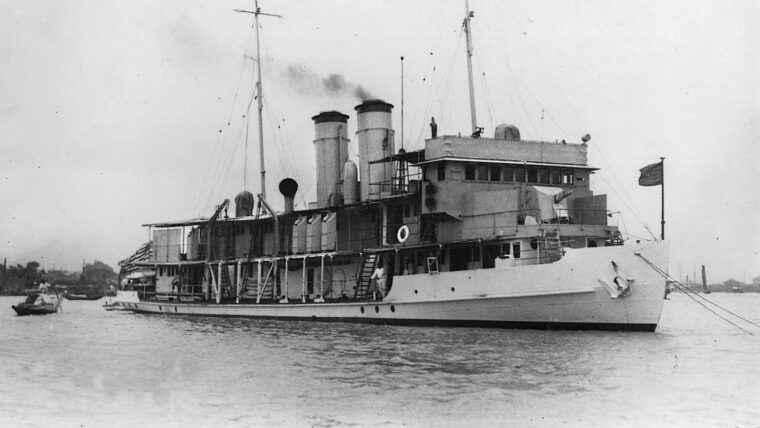
Pearl Harbor
For some Americans, World War II started early. In December 1937, four years before the Japanese attack on Pearl Harbor propelled the United States into the war, Japanese planes attacked an American gunboat, the USS Panay, on China’s Yangtze River, strafing and bombing the boat, sinking it, killing three American crew members, and the wounding 45 others. Read more
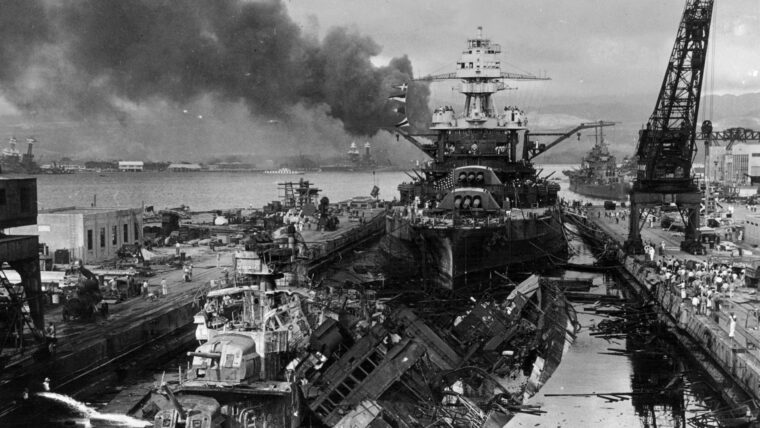
Pearl Harbor
On Sunday morning, December 7, 1941, Gunner’s Mate Russell Winsett, 19, awoke at 5 am as he did most mornings. Read more
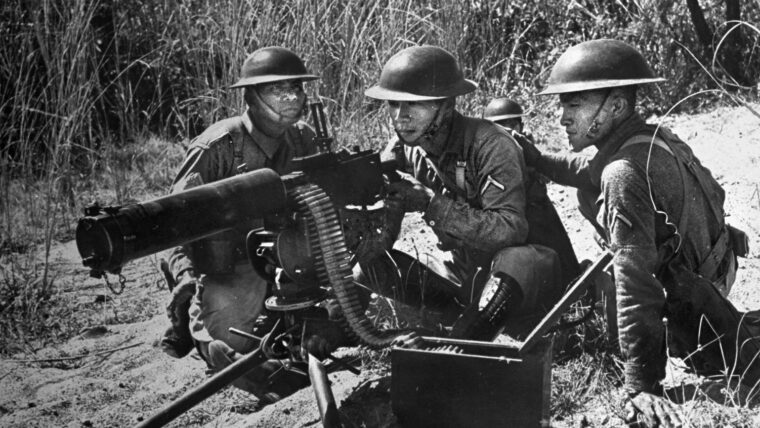
Pearl Harbor
“Finally at Corregidor there was only a little crowd of American soldiers and Filipino soldiers and American nurses at the beaches, with nothing at their backs but the waters of the Pacific, and the flag came down. Read more
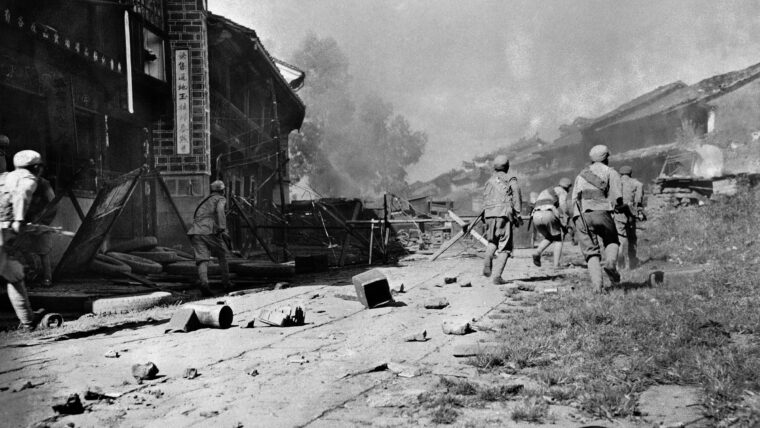
Pearl Harbor
After launching an invasion of Burma (today Myanmar) not long after Pearl Harbor, the Imperial Japanese Army went on to overrun much of China by May 1942 and closed the Burma Road—the vital, 717-mile-long mountain highway built in 1937-1938 that ran from Kunming in southern China to the Burmese border. Read more
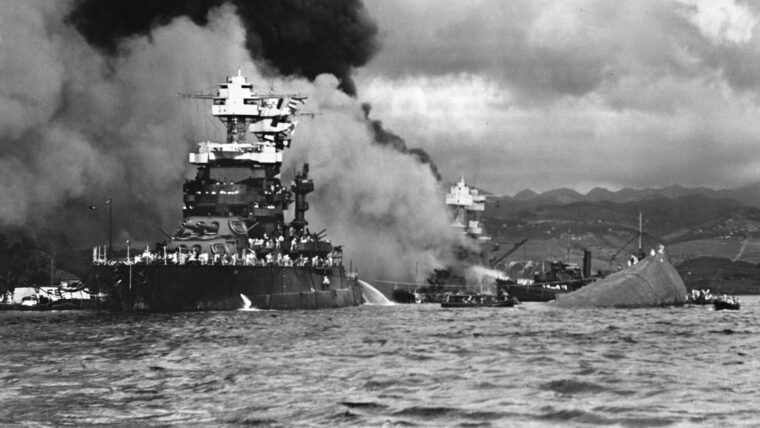
Pearl Harbor
Commander Mitsuo Fuchida, strike leader for Operation Hawaii and 20-year veteran of the Imperial Japanese Navy (Kaigun), strapped himself into the observer’s seat as his Nakajima B5N2 “Kate” torpedo bomber, piloted by Lieutenant Mitsuo Matsuzaki, and lifted off from the carrier Akagi on the black morning of December 7, 1941. Read more
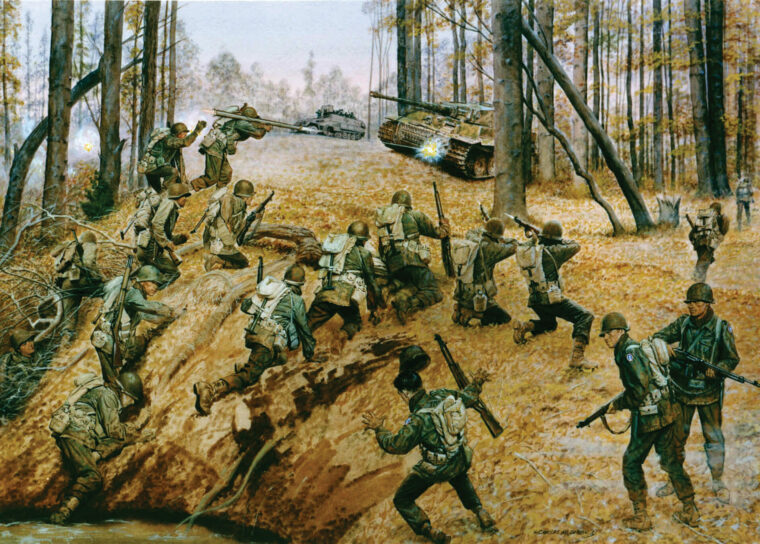
Pearl Harbor
(Scott McGaugh, Da Capo Press, Boston, 2016, 257 pp., Read more
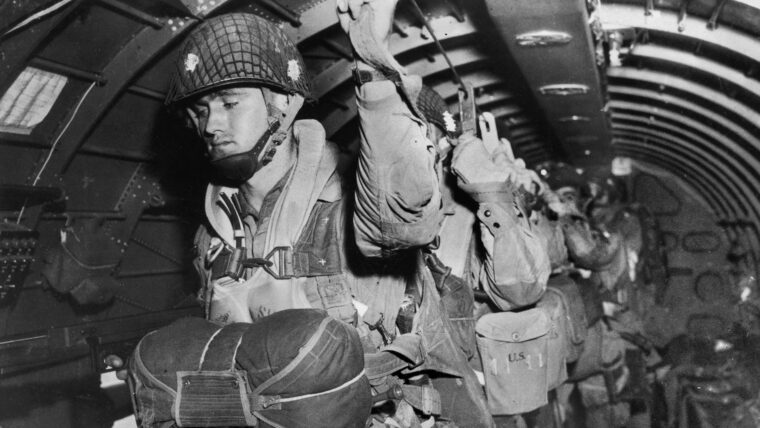
Pearl Harbor
Some 16 million Americans served during World War II, and tens of thousands of sons of the State of Louisiana served in every branch of the U.S. Read more
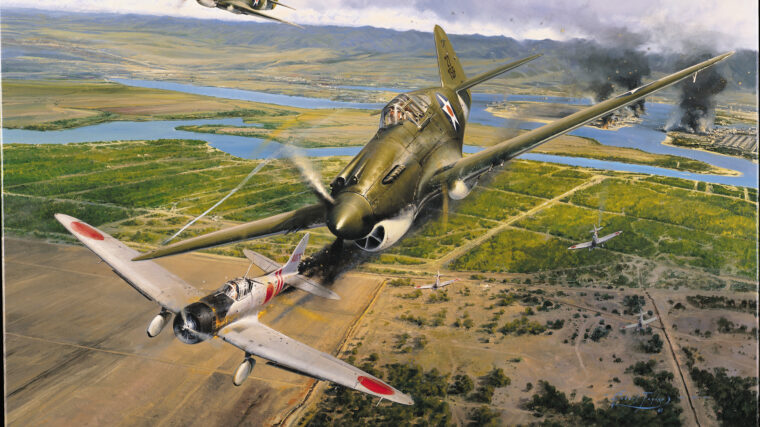
Pearl Harbor
On a serene Sunday morning the residents of Oahu enjoyed the dawning of another gorgeous day in paradise. Read more
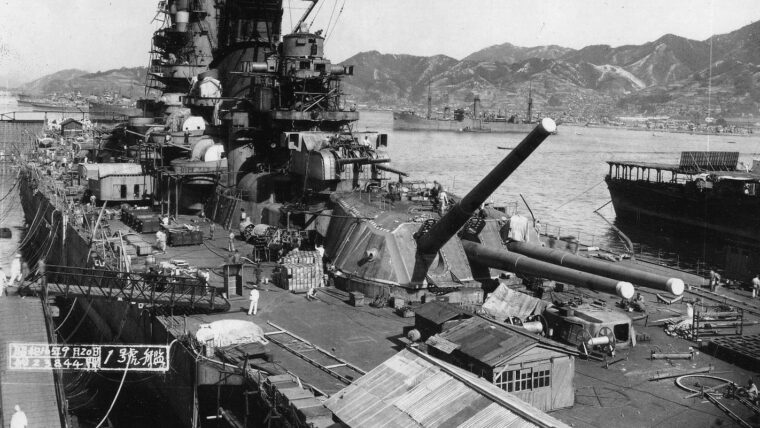
Pearl Harbor
Special Sea Attack Force (SSAF) was an ordinary-sounding name for the pitifully tiny remnant of what was once the mighty Imperial Japanese Navy (IJN). Read more
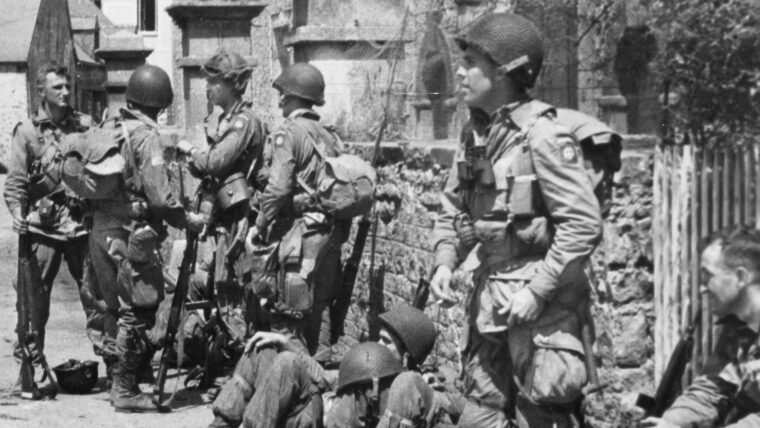
Pearl Harbor
“The lieutenant said for everyone to lay your arms down,” a fellow paratrooper told Pfc. Bob Nobles, who had been fighting for six grueling days in the hedgerows following his unit’s jump into Normandy. Read more
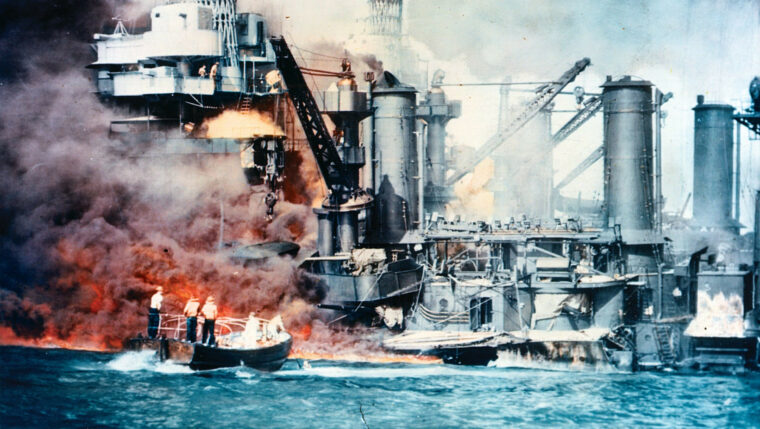
Pearl Harbor
It was, as the phrase goes, another perfect day in paradise. As the sun rose above the Pacific in the clear, cloudless sky east of the Hawaiian Islands, on December 7, 1941, the giant U.S. Read more
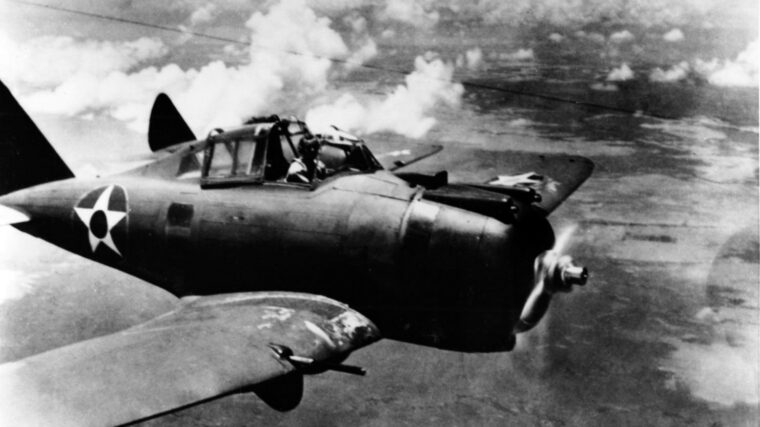
Pearl Harbor
While the surprise Japanese attacks against U.S. military bases in the Hawaiian Islands on December 7, 1941, are certainly the best-known aspect of the opening of hostilities between the two aLess well known today were the Japanese attacks on Clark Field and Iba Field on the opening day of hostilities in the Philippines. Read more
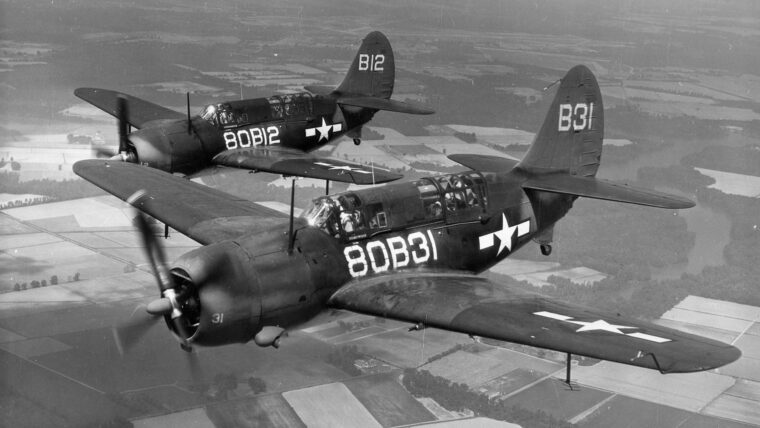
Pearl Harbor
Lieutenant William A. “Bill” Klenk, piloting a Curtiss SB2C-3 Helldiver, bristled at the “clawing, miserable weather,” with inverted pyramids of cloud hanging from a low ceiling and gray murk everywhere. Read more
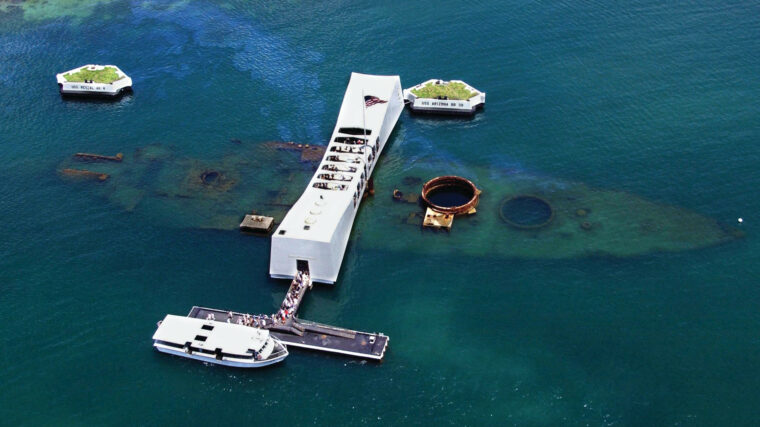
Pearl Harbor
There are few places on earth that have as many World War II museums, memorials, and monuments located in such a small area as the island of Oahu. Read more
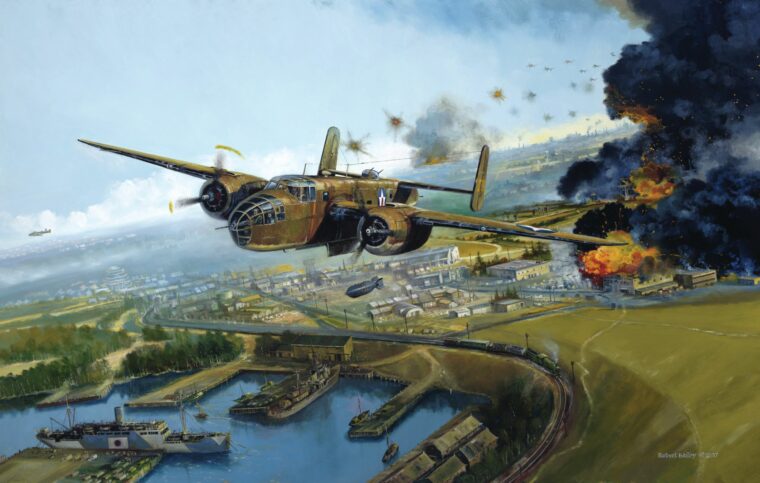
Pearl Harbor
April 18, 1942, will forever live in American military glory as the date of the Jimmy Doolittle Raid on Tokyo––a gutsy, never-before-attempted combat mission to fly North American B-25 Mitchell bombers off the deck of an aircraft carrier and attack an enemy capital. Read more
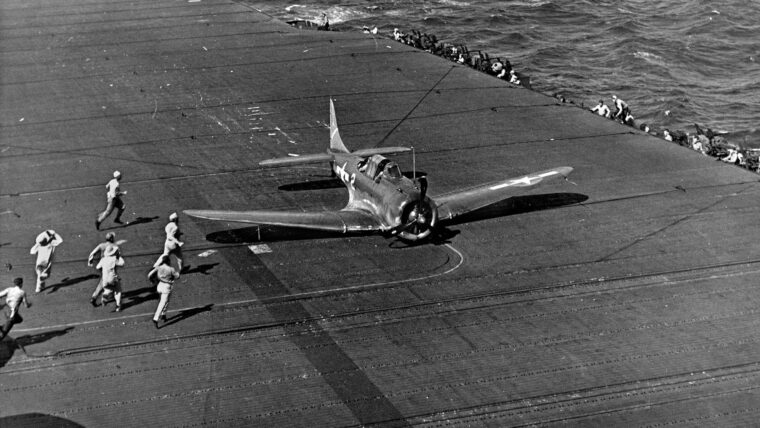
Pearl Harbor
Suppose you found a magic door that opened onto some of the most crucial battles fought in the Pacific during World War II? Read more